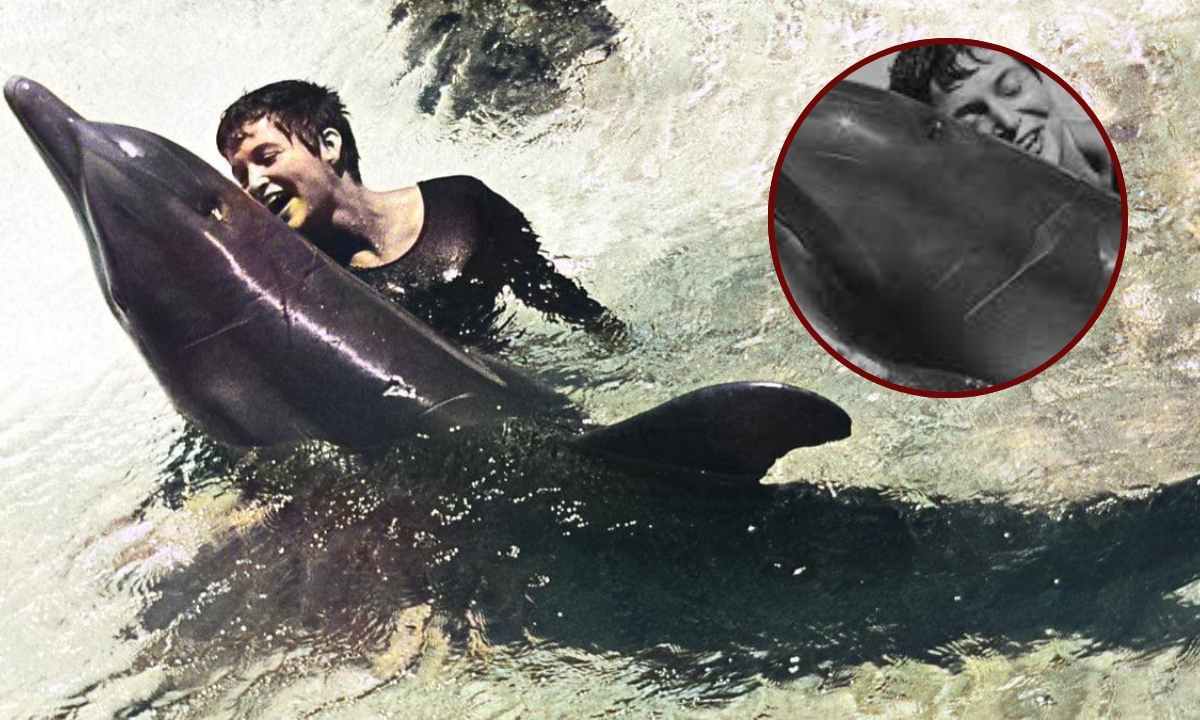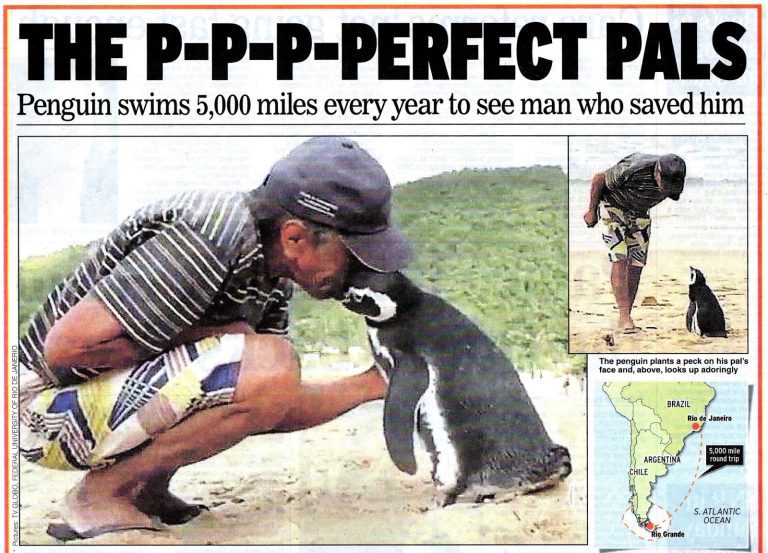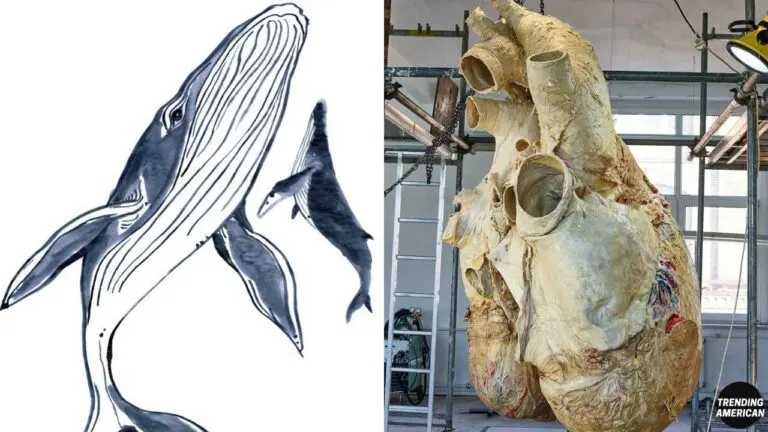The Woman Who Lived, Talked to, and Dated a Dolphin!
Margaret Howe Lovatt, a volunteer naturalist, made headlines in the 1960s with her unusual experiment involving a dolphin named Peter. This NASA-funded research aimed to teach dolphins human language. Living with Peter for six months, Margaret even engaged in controversial behaviors to maintain the focus on their lessons. After living with the dolphin for a couple of months, the dolphin has seemingly developed a sexual interest in Margaret. She even helped Peter in relieving his sexual urges which does sound bizarre.
The project went wrong and they were not able to achieve what they intended. The two were separated as the experiment got closed. Peter the Dolphin who has apparently fallen in love with Margaret was heartbroken and committed suicide. Let’s dive into the details of this story.
Margaret Howe Lovatt’s Unusual Experiment
Margaret Howe Lovatt grew up inspired by stories of talking animals. A book called “Miss Kelly,” about a cat who communicated with humans, sparked her interest in teaching animals to speak. In her early 20s, living on the Caribbean island of St. Thomas, she learned about a secret laboratory working with dolphins. Curious, she visited the lab and met Gregory Bateson, the director, who allowed her to observe dolphin behavior. Despite her lack of scientific training, Margaret’s enthusiasm impressed Bateson. This led to her involvement in a NASA-funded dolphin research project in the 1960s.
“I chose to work with Peter because he had not had any human-like sound training and the other two had.”
Margaret Howe Lovatt

The project’s goal was to teach dolphins human language. Margaret reasoned that living with the dolphins and making human-like sounds would help them learn. She focused on teaching Peter, a young male dolphin, to say “Hello Margaret.” The “m” sound was particularly challenging for Peter. Still, Margaret made her best effort spending all her time with him in the isolated “Dolphinarium.”
“My name. Hello ‘M’argaret. I worked on the ‘M’ sound and he eventually rolled over to bubble it through the water. That ‘M’, he worked on so hard.”
Margaret Howe Lovatt

The Dolphinarium on St. Thomas
The Dolphinarium, a unique structure on St. Thomas, was designed to bring humans and dolphins into closer proximity. Gregory Bateson and John C. Lilly were key figures in this project.
The facility housed three dolphins: Sissy, Pamela, and Peter. Sissy was the largest and most dominant, Pamela was shy and fearful, and Peter, the youngest, was curious and playful. The Dolphinarium’s upper floors, where Margaret and Peter lived, were waterproofed and filled with water to create a comfortable environment for the dolphins.
Living with Peter: The Day-to-Day Experience
Margaret decided to live with Peter full-time, believing that constant interaction would help him learn human speech. She even modified the Dolphinarium while waterproofing the upper floors of the lab.
Margaret flooded the indoor rooms and an outdoor balcony with a few feet of water. This helped Peter to live comfortably with Margaret. Lovatt tried to live in isolation with Peter for six days a week. She slept on a makeshift bed on the elevator platform in the middle of the room. Margaret did her paperwork on a desk coming down from the ceiling and hanging just above the water.
“Human people were out there having dinner or whatever and here I am. There’s moonlight reflecting on the water, this fin and this bright eye looking at you and I thought: ‘Wow, why am I here?’ But then you get back into it and it never occurred to me not to do it. What I was doing there was trying to find out what Peter was doing there and what we could do together. That was the whole point and nobody had done that.”
Margaret Howe Lovatt

The Controversial Relationship With The Dolphin’s Sexual Interest
Margaret’s relationship with Peter took a bizarre turn when he began showing sexual interest towards her. At first, she sent him outside to be with the female dolphins, but this disrupted their lessons. To maintain focus, Margaret decided to relieve Peter’s urges herself.
“He would rub himself on my knee, or my foot, or my hand. And at first, I would put him downstairs with the girls. I allowed that. I wasn’t uncomfortable with it, as long as it wasn’t rough. It would just become part of what was going on, like an itch – just get rid of it, scratch it, and move on. And that’s how it seemed to work out. It wasn’t private. People could observe it.”
Margaret Howe Lovatt
She did not view this as sexual but rather as a practical solution to keep their lessons on track.
“It wasn’t sexual on my part. Sensuous perhaps. It seemed to me that it made the bond closer. Not because of the sexual activity, but because of the lack of having to keep breaking. And that’s really all it was. I was there to get to know Peter. That was part of Peter.”
Margaret Howe Lovatt

The Downfall: External Influences and Experiment Termination
John C. Lilly, the project’s leader, had been experimenting with LSD on dolphins since the early 1960s, hoping to study its effects on their minds. While Margaret opposed giving LSD to Peter, she could not stop Lilly from administering it to the other dolphins.
The LSD experiments, combined with funding issues, led to the project’s decline. By the autumn of 1966, the Dolphinarium was closed, and the dolphins, including Peter, were sent to a different facility in Miami. Peter was deprived of sunlight and was confined to a smaller tank.
His health deteriorated quickly. On top of all that, he was heartbroken from not having his lover, the 23-year-old Margaret. Peter has reportedly taken his own life. He refused to breathe and sank to the bottom of his tank.
“If life becomes too unbearable, the dolphins just take a breath and they sink to the bottom. They don’t take the next breath.”
Ric O’Barry, from animal rights organisation The Dolphin Project
Margaret Howe Lovatt
Aftermath and Legacy
After the experiment, Margaret married a photographer who had documented their research and continued to live on St. Thomas. They converted the Dolphinarium into a family home, where they raised their three daughters.
“I got that phone call from John Lilly. John called me himself to tell me. He said Peter had committed suicide.”
Margaret Howe Lovatt told The Guardian

Conclusion
Margaret Howe Lovatt’s experiment with Peter the dolphin was a groundbreaking yet controversial attempt to bridge the gap between human and dolphin communication. Her dedication and unconventional methods revealed both the possibilities and ethical complexities of such research.
Also read,







